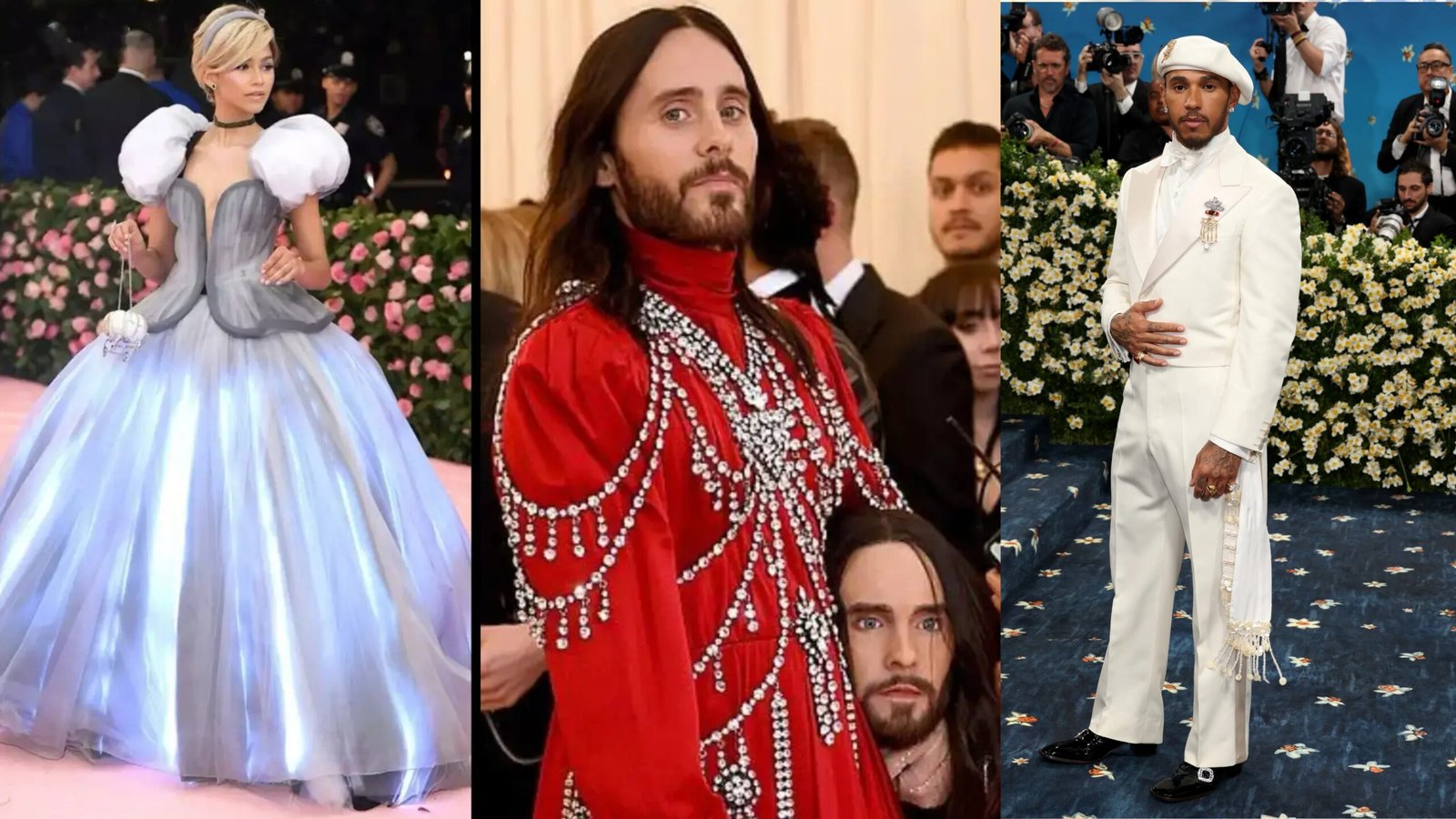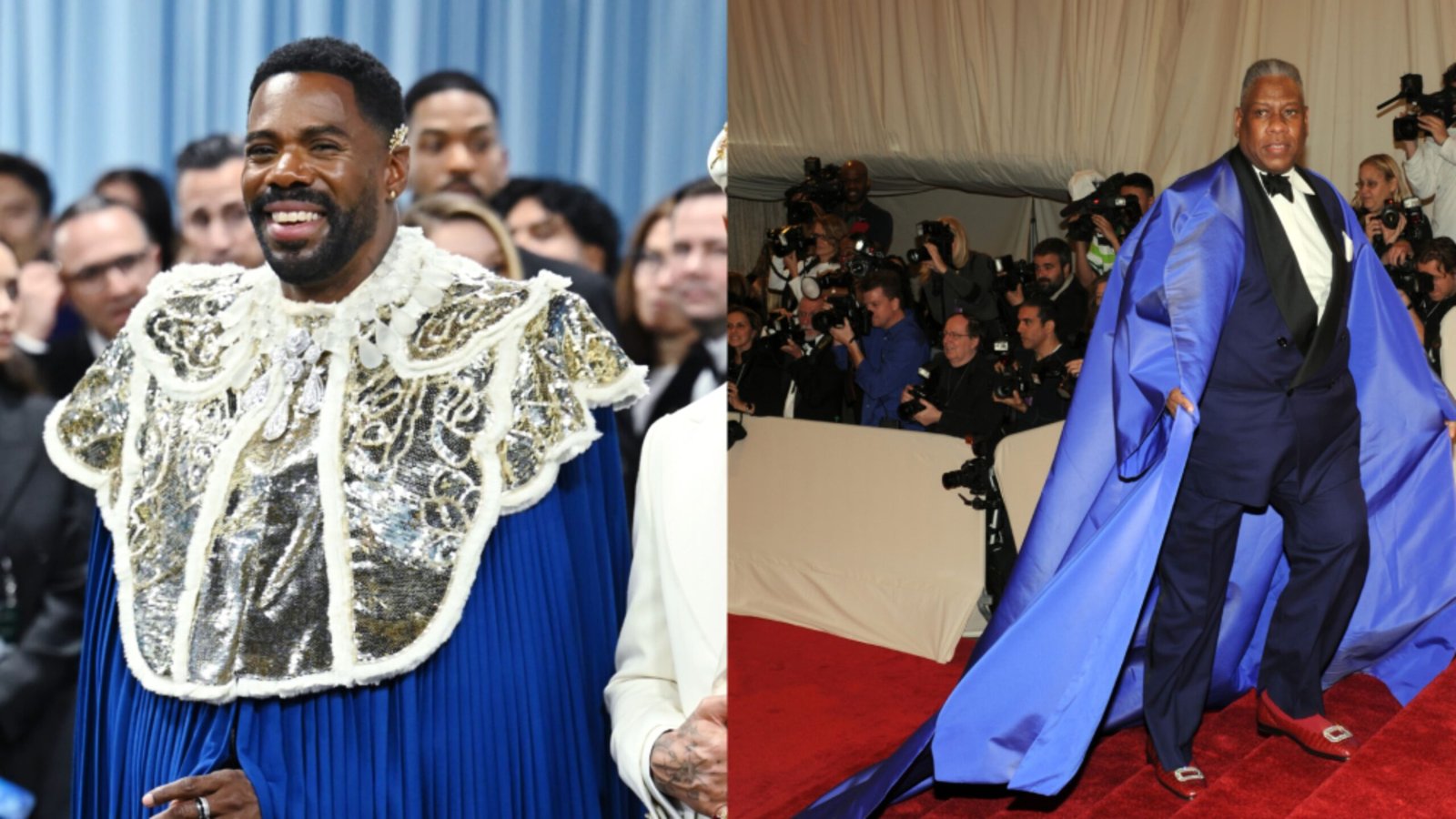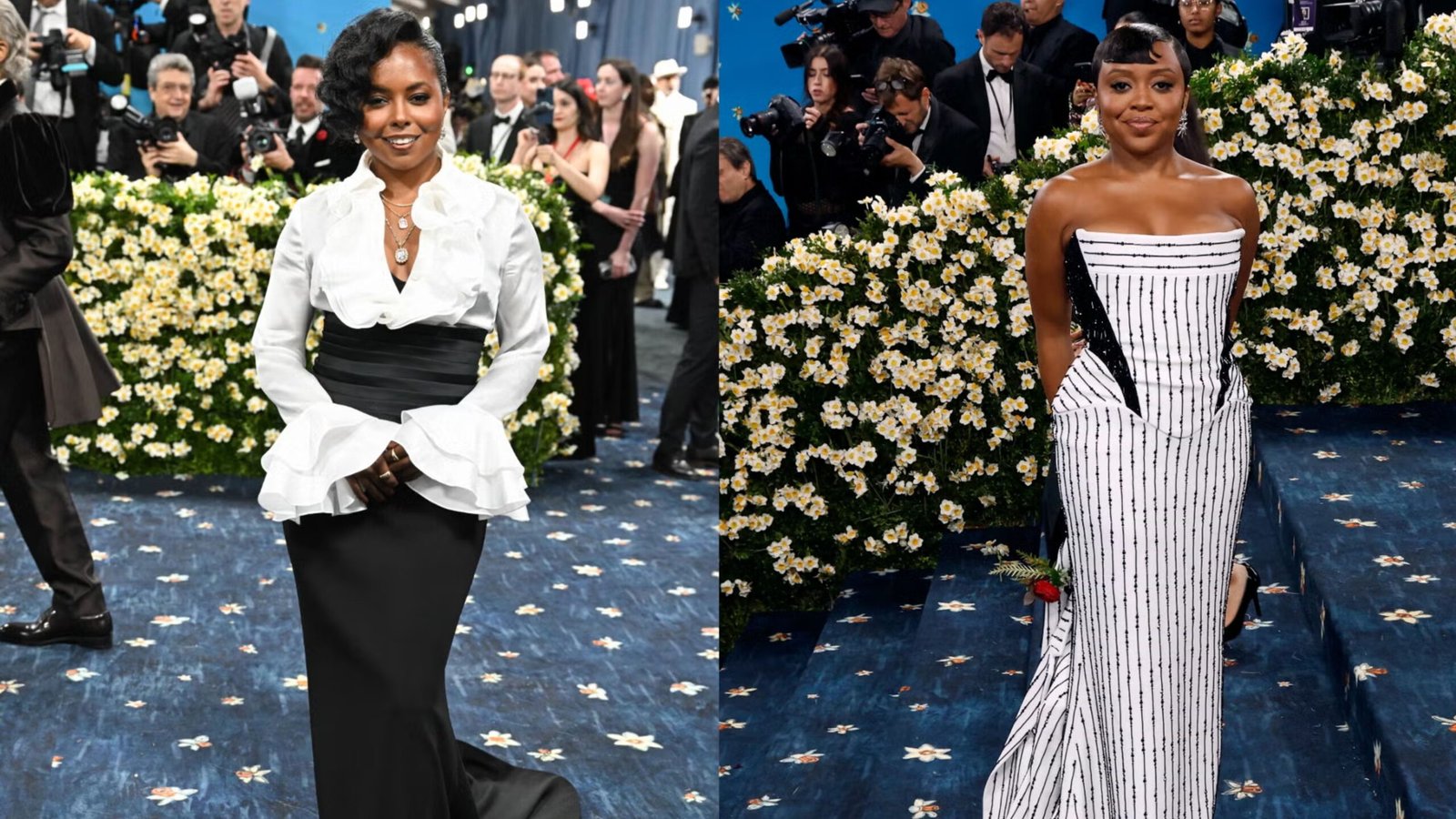Every year, the Met Gala arrives with fanfare, fashion, and fervent debate, and the 2025 edition was no different. Held at the Metropolitan Museum of Art, this year’s gala brought not only glitz and glamour but a powerful cultural statement centered around the theme: Superfine: Tailoring Black Style. Inspired by Monica L. Miller’s influential 2009 book Slaves to Fashion: Black Dandyism and the Styling of Black Diasporic Identity, the exhibit and accompanying dress code urged guests to explore fashion as resistance, refinement, and self-definition.
The Roots of Black Dandyism

The 2025 Met Gala theme draws from Black Dandyism, a movement rooted in defiance and elegance. Emerging in 18th-century Europe, dandies were men who expressed individuality through refined fashion. For Black men, adopting aristocratic styles carried deeper significance. Julius Soubise, a freed former slave, became one of the first known Black dandies, challenging racial perceptions with his fashion choices. Later, figures like Frederick Douglass and W.E.B. Du Bois used tailored suits to demand respect and defy racist ideologies. During the Harlem Renaissance, fashion became an act of celebration and resistance, with icons like Josephine Baker using glamour to redefine Black identity. This history influenced the 2025 theme of tailoring as a symbol of personal expression and rebellion.
A Dress Code with Depth
The 2025 Met Gala’s dress code, “Tailoring for You,” echoed Black Dandyism, prioritizing sharp fits and personal storytelling through structure. Given the theme’s historical weight, organizers widened the interpretation, allowing non-Black guests to engage without mis-stepping. This subtle shift opened creative doors, especially for men, leading to a red carpet refreshingly light on traditional tuxedos and rich in flair.
Lewis Hamilton, Chance the Rapper, and Damson Idris embraced the challenge with bold, bespoke statements. Co-chair Coleman Domingo opted for a classic route, though some expected more, while the absence of Wisdom Kaye, a fashion historian in his own right, was felt. One of the most inventive interpretations came from S.Coups, who merged the Korean hanbok with a zoot suit, two garments rooted in resistance. It may not have fit the Dandy mold exactly, but its spirit of defiance and individuality embodied the heart of the theme.
Paying Homage to Icons
Capes were a major motif this year, worn in tribute to André Leon Talley, the former Vogue editor and a towering figure in fashion and Black identity. Known for his dramatic cloaks, Talley brought aristocratic elegance into modern fashion conversations, and his influence was keenly felt on the red carpet.

Among female celebrities, zoot suits inspired many outfits. Women leaned into androgyny with pinstripes, wide shoulders, and neckties, blending masculine and feminine in powerful ways. Stars like Rihanna, Tessa Thompson, and Jodie Turner-Smith embodied the extravagance and defiance of the Black Dandy legacy. On the opposite end of the spectrum, some opted for minimalist tailoring, clean lines over couture drama. Which, while less show-stopping, still honoured the skill of bespoke construction.
However, not everyone met expectations. Anne Hathaway and Hailey Bieber were underwhelming in their interpretations, failing to capture either the history or the glam. Thankfully, stars like Mindy Kaling and Zuri Hall brought the detail, fit, and story that the theme demanded.
The Hits, Misses, and Mixed Messages
Among the undeniable hits, Diljit Dosanjh stole the show, earning the top spot on Vogue’s reader list of Best Dressed. His Prabal Gurung ensemble, complete with a turban and Kripan, beautifully blended Punjabi heritage with modern tailoring, making a powerful statement on the red carpet. S.Coups also made waves in Boss, delivering sleek sophistication with his impeccably tailored suit. Zendaya, always a fashion favourite, wowed in an avant-garde Louis Vuitton look that effortlessly merged chic and sharp tailoring. Teyana Taylor’s bold Ruth E. Carter creation was a masterpiece, combining confidence with the rich storytelling of Black fashion influence. Rihanna, never one to shy away from dramatic flair, stunned in a show-stopping Marc Jacobs gown that perfectly captured the essence of the theme with its refinement and grandeur.
Bodysuits made a surprise appearance on the carpet, though not always successfully. Doja Cat, in Marc Jacobs, stood out with a Grace Jones-inspired metallic look that echoed 1980s glam. In contrast, Sabrina Carpenter’s outfit felt too much like a stage costume rehash. Lisa’s lace bodysuit by Louis Vuitton caused controversy due to possible imagery of Rosa Parks in an awkward position on the garment. Whether intentional or not, the design missed the mark.
One of the evening’s worst-received looks came from Amelia Gray in Valentino, a misstep of clashing layers, a tone-deaf do-rag, and cheap lace. It reminded viewers that even with high fashion, execution and awareness are crucial.
But among the more creative interpretations was Jenna Ortega, whose silver gown made from rulers cleverly referenced tailoring tools. It was one of the few nods to the actual process of tailoring, not just the result, and stood out for its ingenuity.
India’s Glamorous Met Moment
This year’s Met Gala had a strong desi presence, with Indian stars making major fashion waves. Shah Rukh Khan turned heads in an all-black Sabyasachi look, elegant and effortless for his Met debut.
Diljit Dosanjh proudly represented his Punjabi roots in a Prabal Gurung ensemble, complete with turban and Kripan, and topped it off by being voted #1 on Vogue’s reader list of Best Dressed.
Kiara Advani made a graceful statement in a sculptural Gaurav Gupta gown, celebrating both motherhood and modern glam. Natasha Poonawalla stunned in a Manish Malhotra piece that reimagined vintage Parsi Gara saris, while Isha Ambani stayed true to her Indian heritage in a refined, regal look. Priyanka Chopra Jonas brought her signature East-meets-West flair in Balmain. It was a proud, stylish night for Indian fashion on the world’s most-watched red carpet.
Fashion with a Purpose
While the Met Gala is often criticized as a celebrity circus or likened to the Capitol from The Hunger Games, it’s important to remember the event’s true purpose. The Costume Institute, home to over seven centuries of fashion history, is not fully funded by the Metropolitan Museum. The Met Gala is its primary source of revenue. In 2025, the gala raised a record-breaking $31 million.

In a time when arts funding is under attack, from school programs to major institutions, the gala serves as a lifeline. As attacks on diversity, equity, and inclusion gain momentum in politics and education, celebrating Black history, fashion, and cultural innovation through an exhibit like Superfine becomes not just timely but essential.
Final Thoughts
The 2025 Met Gala stood as a well-tailored testament to the rich legacy of Black Dandyism. While not perfect, it offered a more cohesive vision than recent years, with many guests managing to honour the exhibit while expressing personal style. More than a fashion parade, it was a cultural statement, proof that clothing can be art, resistance, and identity all stitched into one.
As debates continue about the purpose and accessibility of events like the Met Gala, one thing remains clear: fashion is far from frivolous. It is, and always has been, a powerful reflection of who we are, where we come from, and where we are headed.



